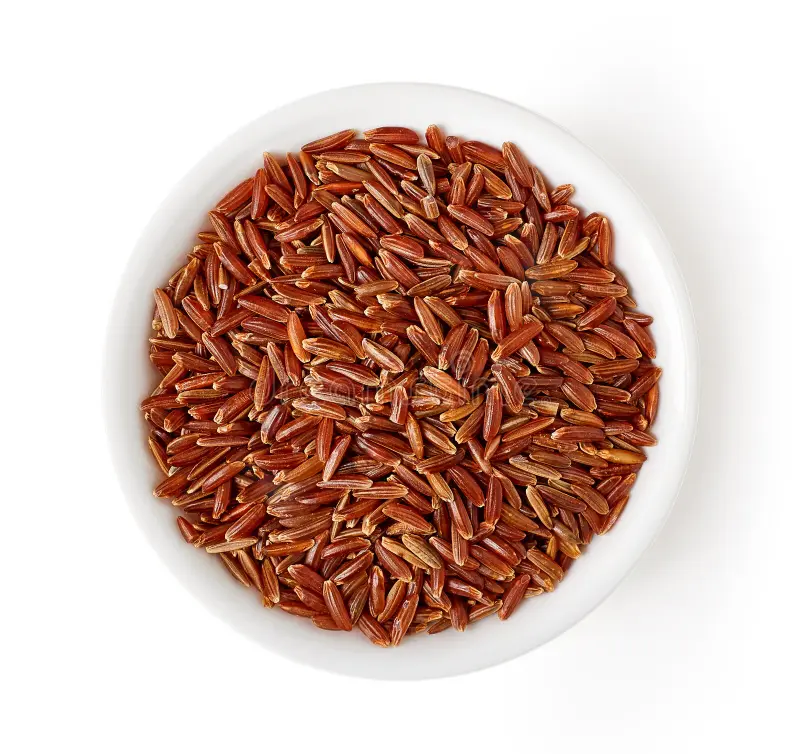
The red color in Matta rice originates from its pericarp (the outer layer of the grain), specifically due to pigments called anthocyanins and proanthocyanidins . These compounds are potent antioxidants, and their presence directly correlates with the rice’s nutritional benefits:
1. Source of the Red Color
Genetic Factors: The red hue results from the expression of specific genes (Rc and Rd). When both genes are active (RdRc genotype), they produce dark red pigmentation in the pericarp .
Anthocyanins: These natural pigments (common in foods like berries) give Matta rice its distinctive reddish-brown hue. The concentration varies based on soil conditions and farming practices, with Palakkad’s unique “black cotton soil” enhancing pigment retention .
2. Nutritional and Antioxidant Significance
Antioxidant Density: The red pigments are rich in anthocyanins and proanthocyanidins, which combat oxidative stress and reduce inflammation. Studies show Matta rice has up to 10× more antioxidants than brown rice .
Nutrient Retention: As an unpolished rice, Matta retains its bran and germ layers, preserving:
Fiber: Aids digestion and blood sugar regulation (low glycemic index) .
Minerals: High in iron, magnesium, and calcium .
Vitamins: Especially B1 and B2 .
Key Health Implications
Heart Health: Anthocyanins lower LDL cholesterol and improve blood circulation .
Anti-Aging & Disease Prevention: Antioxidants neutralize free radicals, reducing risks of diabetes, cancer, and heart disease .
Blood Sugar Management: The fiber and antioxidants enhance insulin sensitivity, benefiting diabetics .
In summary: The red color signals high levels of anthocyanins and proanthocyanidins, making Matta rice nutritionally superior to polished varieties. Its genetic makeup and minimal processing preserve these compounds, offering tangible health advantages .
